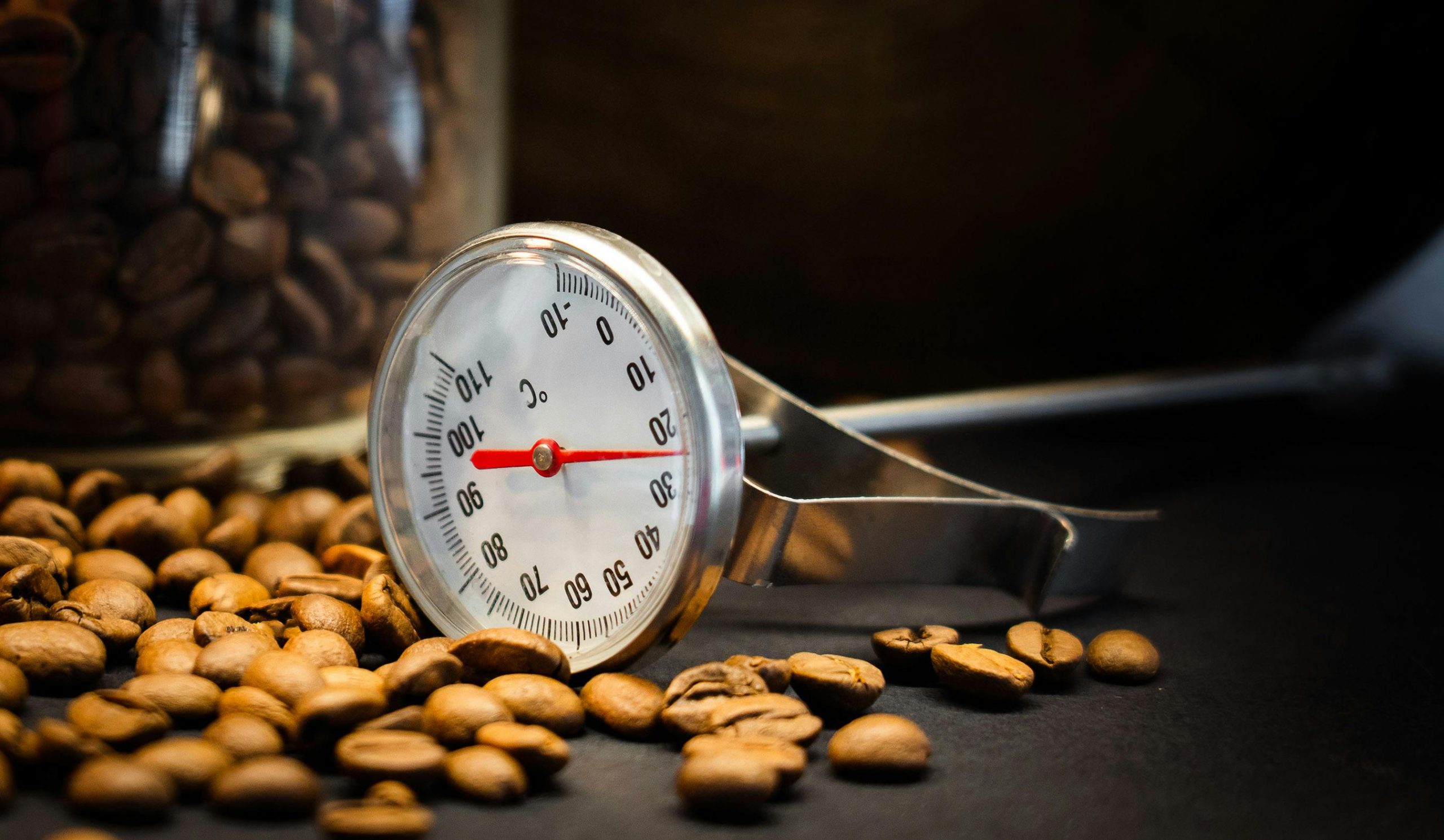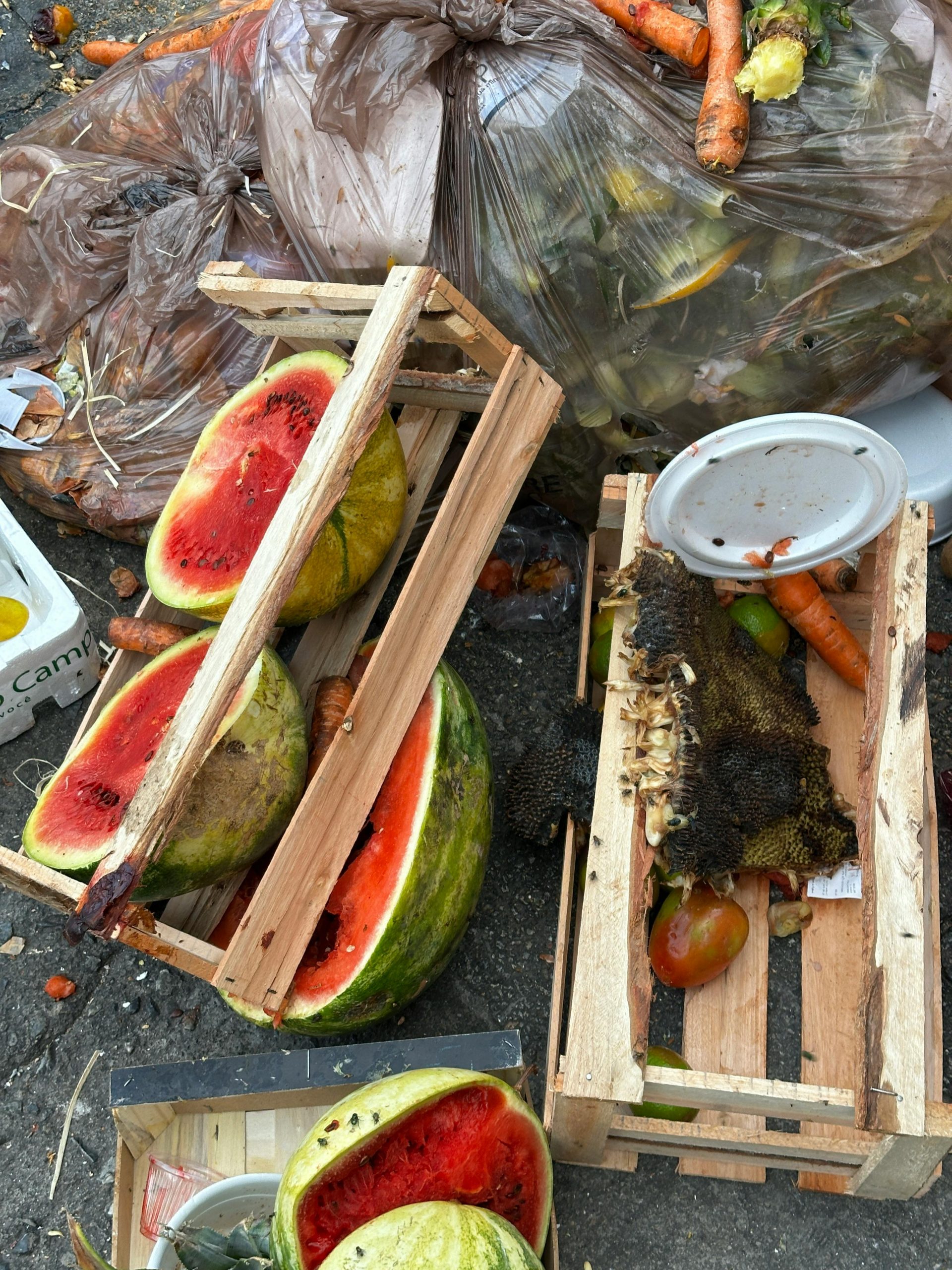Grocery and meal kit delivery services have revolutionized the way we shop, bringing everything from fresh produce to fully prepared, ready-to-eat meals right to our doorsteps. However, this convenience raises a significant concern regarding food safety. Are these perishable meals, which can spend hours in a delivery vehicle, still safe to eat when they finally arrive? The answer depends entirely on whether the company has successfully kept the food out of the “temperature danger zone,” a critical factor for preventing foodborne illness.

Image Source: pexels.com
The “Temperature Danger Zone”
Food safety experts at the USDA define the “temperature danger zone” as the range between 40°F and 140°F. In this range, harmful bacteria like Salmonella and E. coli can multiply at a dangerous rate. A ready-to-eat meal, like a pre-made salad or a cooked chicken dish, must be kept below 40°F during the entire transit process to remain safe. If the food’s temperature rises into the danger zone for more than two hours, it is no longer considered safe to consume.
The Role of Insulated Packaging
To combat this risk, most delivery services use sophisticated packaging. This typically includes a thick, insulated box or bag and several frozen gel packs. The goal of this packaging is to create a small, mobile refrigerator that can maintain a safe temperature for several hours, even on a hot day. The effectiveness of this system, however, depends on the quality of the materials, the number of gel packs used, and the total time the box spends in transit.
What to Check Upon Delivery
When your delivery arrives, you should immediately check the condition of the food and the packaging. Are the gel packs still frozen or at least very cold to the touch? Does the ready-to-eat meal itself feel cold, as if it just came out of a refrigerator? You should use a food thermometer to check the temperature of any meat or dairy products. If the food has reached a temperature of 40°F or higher, it is not safe.
When in Doubt, Throw It Out

Image Source: pexels.com
This is the golden rule of food safety. If you have any reason to suspect that a ready-to-eat meal has not been kept at a safe temperature, you must not eat it. You cannot see, smell, or taste the dangerous bacteria that may have grown on the food. While it is frustrating to throw away an expensive meal, the risk of contracting a serious foodborne illness is simply not worth it. You should immediately contact the company to report the issue and request a refund.
The Final Check is Yours
While delivery companies have a responsibility to use proper packaging and efficient routes, the final safety check always falls to the consumer. The convenience of having food delivered to your door does not remove the need for personal vigilance. By understanding the temperature danger zone and carefully inspecting every delivery, you can ensure that your convenient meal is also a safe one.
Have you ever received a grocery or meal kit delivery where the food was not cold enough? What are your best tips for ensuring food safety with these services? Let us know!
Read More
8 Times Store Brands Outsold the Name Brand—But Weren’t Safer
